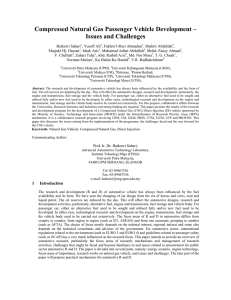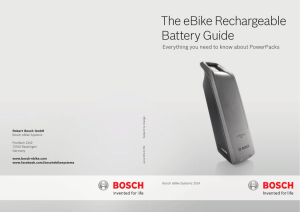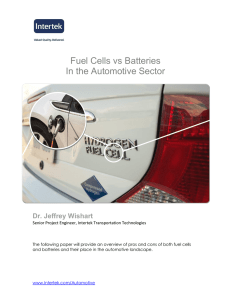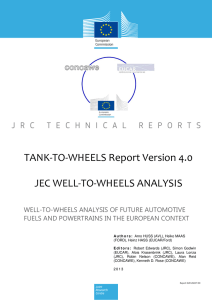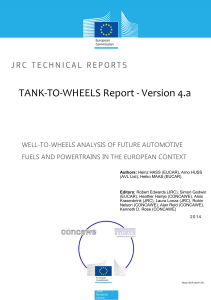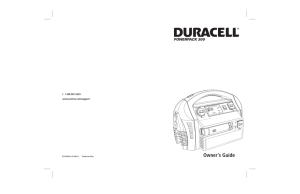High Volume Automotive Powerpack Manufacturing Mussawar Ahmad
advertisement
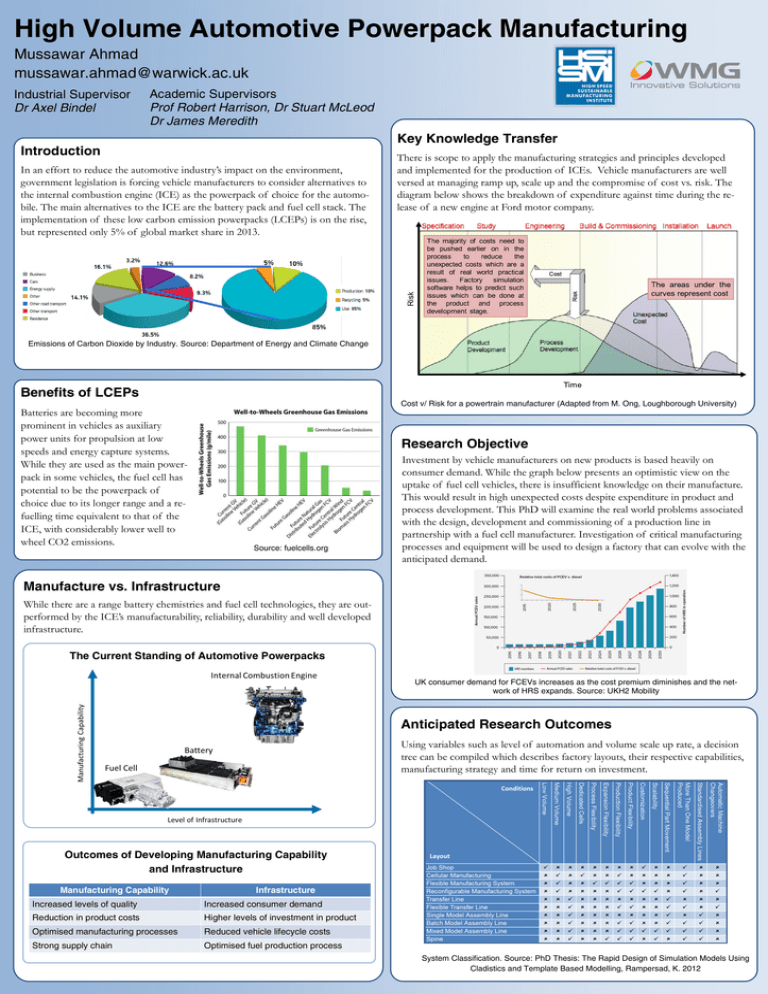
High Volume Automotive Powerpack Manufacturing Mussawar Ahmad mussawar.ahmad@warwick.ac.uk Industrial Supervisor Dr Axel Bindel Academic Supervisors Prof Robert Harrison, Dr Stuart McLeod Dr James Meredith Key Knowledge Transfer Introduction In an effort to reduce the automotive industry’s impact on the environment, government legislation is forcing vehicle manufacturers to consider alternatives to the internal combustion engine (ICE) as the powerpack of choice for the automobile. The main alternatives to the ICE are the battery pack and fuel cell stack. The implementation of these low carbon emission powerpacks (LCEPs) is on the rise, but represented only 5% of global market share in 2013. There is scope to apply the manufacturing strategies and principles developed and implemented for the production of ICEs. Vehicle manufacturers are well versed at managing ramp up, scale up and the compromise of cost vs. risk. The diagram below shows the breakdown of expenditure against time during the release of a new engine at Ford motor company. Emissions of Carbon Dioxide by Industry. Source: Department of Energy and Climate Change Benefits of LCEPs Cost v/ Risk for a powertrain manufacturer (Adapted from M. Ong, Loughborough University) Batteries are becoming more prominent in vehicles as auxiliary power units for propulsion at low speeds and energy capture systems. While they are used as the main powerpack in some vehicles, the fuel cell has potential to be the powerpack of choice due to its longer range and a refuelling time equivalent to that of the ICE, with considerably lower well to wheel CO2 emissions. Research Objective Source: fuelcells.org Investment by vehicle manufacturers on new products is based heavily on consumer demand. While the graph below presents an optimistic view on the uptake of fuel cell vehicles, there is insufficient knowledge on their manufacture. This would result in high unexpected costs despite expenditure in product and process development. This PhD will examine the real world problems associated with the design, development and commissioning of a production line in partnership with a fuel cell manufacturer. Investigation of critical manufacturing processes and equipment will be used to design a factory that can evolve with the anticipated demand. Manufacture vs. Infrastructure While there are a range battery chemistries and fuel cell technologies, they are outperformed by the ICE’s manufacturability, reliability, durability and well developed infrastructure. The Current Standing of Automotive Powerpacks UK consumer demand for FCEVs increases as the cost premium diminishes and the network of HRS expands. Source: UKH2 Mobility Anticipated Research Outcomes Using variables such as level of automation and volume scale up rate, a decision tree can be compiled which describes factory layouts, their respective capabilities, manufacturing strategy and time for return on investment. Outcomes of Developing Manufacturing Capability and Infrastructure Manufacturing Capability Infrastructure Increased levels of quality Increased consumer demand Reduction in product costs Higher levels of investment in product Optimised manufacturing processes Reduced vehicle lifecycle costs Strong supply chain Optimised fuel production process System Classification. Source: PhD Thesis: The Rapid Design of Simulation Models Using Cladistics and Template Based Modelling, Rampersad, K. 2012







